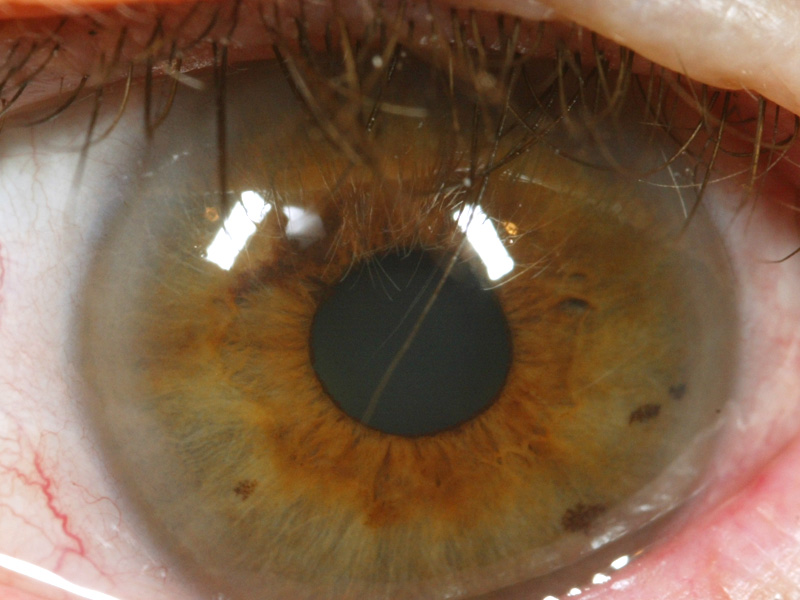Vitreoretinal complications in high myopia
09/01/2026

21/11/2017
Trichiasis is a common eyelid abnormality in which the eyelashes are misdirected and grow inwards towards the eye surface.
There are various causes of trichiasis, the most frequent being chronic inflammation of the eyelid, like blepharitis or some types of conjunctivitis. Other, less frequent causes in our country are trachoma; mucosinequiant diseases like pemphigoid; and changes that may arise after some types of surgery. It should not be confused with entropion (poor positioning of the eyelid margin) where the eyelashes grow in the correct direction but the eyelid itself is turned inward.
What is involved in trichiasis treatment?
Trichiasis treatment seeks to remove the hair follicles of the abnormal eyelashes. Although trichiasis treatment appears simple, no technique is completely effective. There are various treatment possibilities depending on the cause, the amount of trichiasis and the condition of the eyelids: regular eyelash epilation, eyelash cauterisation with an Argon laser, cryotherapy or surgery. If the trichiasis is restricted to just one or a few eyelashes and the eyelid is not poorly positioned, the ophthalmologist may remove the eyelashes with tweezers and a slit lamp in the consultancy room. Although this procedure provides an immediate solution to the problem, the eyelash frequently grows back in the wrong direction within two or three weeks.
Photocoagulation with an Argon laser or cryotherapy are only effective when there is a low number of misdirected eyelashes. There are side effects: cryotherapy treatment may destroy the eyelashes around the abnormal ones and lead to permanent loss of the eyelashes. In terms of cryotherapy, the cold may also destroy skin cells, cause mild atrophy of the eyelid skin and a reduction in their pigmentation. Despite treatment, with both procedures trichiastic eyelashes may grow again and require various sessions to remove them for good. There are various surgical techniques for treatment. Standard surgery involves rotating the eyelids outwards. This procedure aims to distance the eyelashes from the cornea and eye surface. In some cases, the operation is particularly complex: in addition to rotation, the eyelid may also need to be separated into two sheets and the layer with the eyelashes is then repositioned.
In some cases, once the edge of the eyelid has been rotated, a graft must be inserted so that the eyelashes stay in the right direction. Generally speaking, it is a buccal mucosa graft. In patients whose eyelashes are very affected by trichiasis and depending on the seriousness of the symptoms, complete and definitive removal of the line of eyelashes on one or both eyelids will be chosen, which may cause small aesthetic defects due to eyelash absence. The main side effects of trichiasis are: recurrence with eyelashes reappearing and rubbing against the surface of the eye, plus abnormalities on the eyelid margin (irregularities or slits may appear).
This pathology must always be treated, otherwise the eyelashes will rub against the eyeball and cause constant discomfort, corneal ulcers and in some cases may lead to complications that cause scars permanently affecting the eyesight.